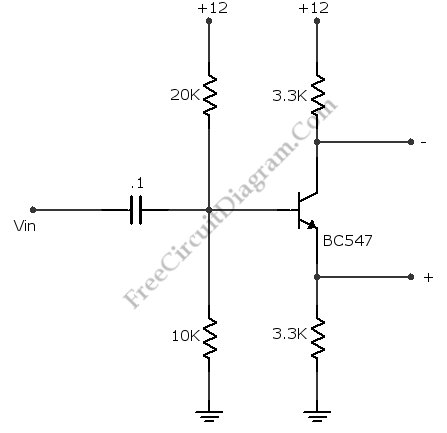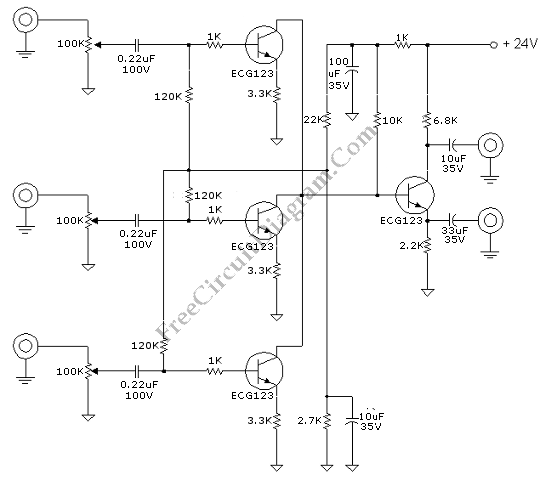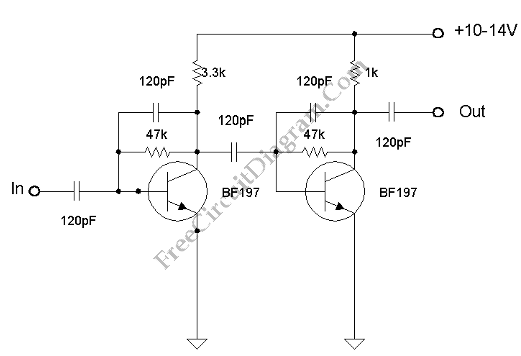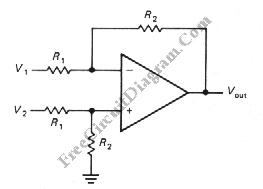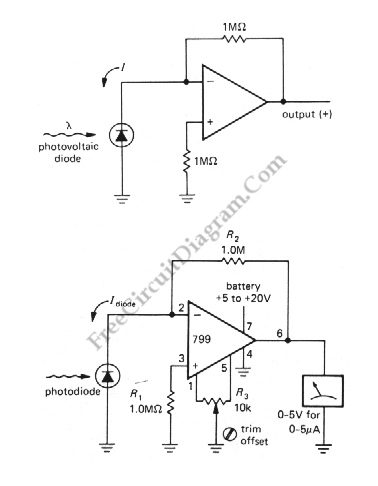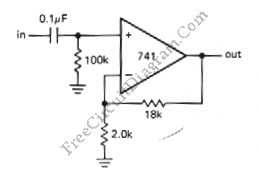Low Noise Microphone Pre-Amp with Op-Amp

Microphone pre-amp is a very simple circuit, most all low noise op-amp will be sufficient for this circuit (TL071, TL082, OPA371, NE5534, etc). This circuit will be suitable for dynamic microphone, electret microphone (or a condenser microphone with active circuit inside). A condenser microphone (without voltage bias source) won’t work for this circuit. If you want to use it, you […]
Read more